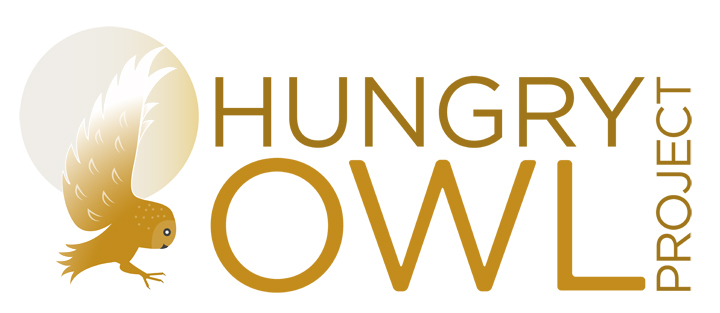Tree Life Program
The purpose of our Tree Life Program is to give nesting owls, raptors and other wildlife the greatest chance possible to succeed. We do this by educating arborists and other people who need to know when and how to safely trim trees and shrubs without causing harm to wildlife. We also frequently visit sites to determine if a tree is safe to cut down.
Many people connect springtime with the time owls, hawks and other raptors would be nesting. However, it can start much earlier in the greater California Bay Area and for many species can continue until late fall (or later). This is an incredibly sensitive time for these animals. If you are considering tree work, or any work that could potentially disturb nesting owls, raptors or other wildlife please be very careful. It is actually illegal to disturb all nesting birds as they are federally protected under the Migratory Bird Treaty Act. We have found that it is best to wait until October through November to perform this kind of work, but this can vary by region and species. October - November is usually the time with the least amount of nesting owls and other raptors. Anytime that you need to perform tree work please be as careful as possible and feel free to contact us for advice.
Download our HOP Tree Life Guide to learn what do do if you find a fallen nest or nestling. Including who to contact throughout the Bay area.
How To Assess If A Tree is Inhabited
Look for signs:
1. Look for "white wash" at base of tree (bird poop).
2. Owl pellets on ground surrounding tree (an owl pellet is a dry pellet consisting of fur and bones from the prey of owls/raptors), hawks also produce pellets, but without bones.
3. Vocalization. Ask tree owners and neighbors if they have heard loud hooting, whistling, calling, hissing or screeching in neighborhood.
4. Carefully look for nests and cavities (but do not disturb tree in doing so). Many Owls and other birds nest in cavities (holes in trees), such as Barn Owls, Screech Owls and Woodpeckers. Most birds and Hawks use nests and can vary in size from tiny to quite large (Great Horned Owls use nests, though they don't build them themselves).
Western Screech Owl in a small cavity in a Eucalyptus Tree


